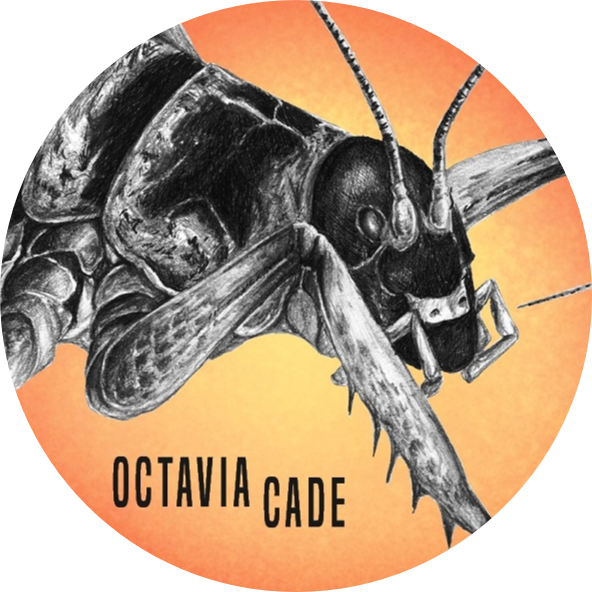 I have a new paper out! “Monstrosity, Mutation, and the World without Us” can be read in Superheroes Beyond, recently published by the University of Mississippi Press.
I have a new paper out! “Monstrosity, Mutation, and the World without Us” can be read in Superheroes Beyond, recently published by the University of Mississippi Press.
This paper has been a long time coming. Back in 2018, I presented it at the Superheroes Beyond conference in Melbourne. The city was baking hot – I barely wanted to go outside – but the conference itself was fantastic, focused as it was on how superheroes were presented, in boundary-crossing ways, in popular culture. There was a lot of emphasis on comics, of course, but there were also papers on lots of other media as well, and on superheroes from all around the world. It was honestly one of the most enjoyable conferences I’ve ever been to!
The conference led to a book project. It was not quick. All credit to the editors – Cormac McGarry, Liam Burke, Ian Gordon, and Angela Ndalianis – for keeping the momentum going through the five plus years of the entire book-producing process. I’ve finally got the finished result in my hot little hands and it looks great. I can’t wait to read what everyone else from the conference has written!
My particular paper looked at nonhuman superheroes and eco-horror. There’s some discussion of Swamp Thing, of course, but also mutant bears and Godzilla, and how their creation, their actions (and their reactions) might allow them to be seen through a superhero lens. I’m so glad to see it finally out there!




